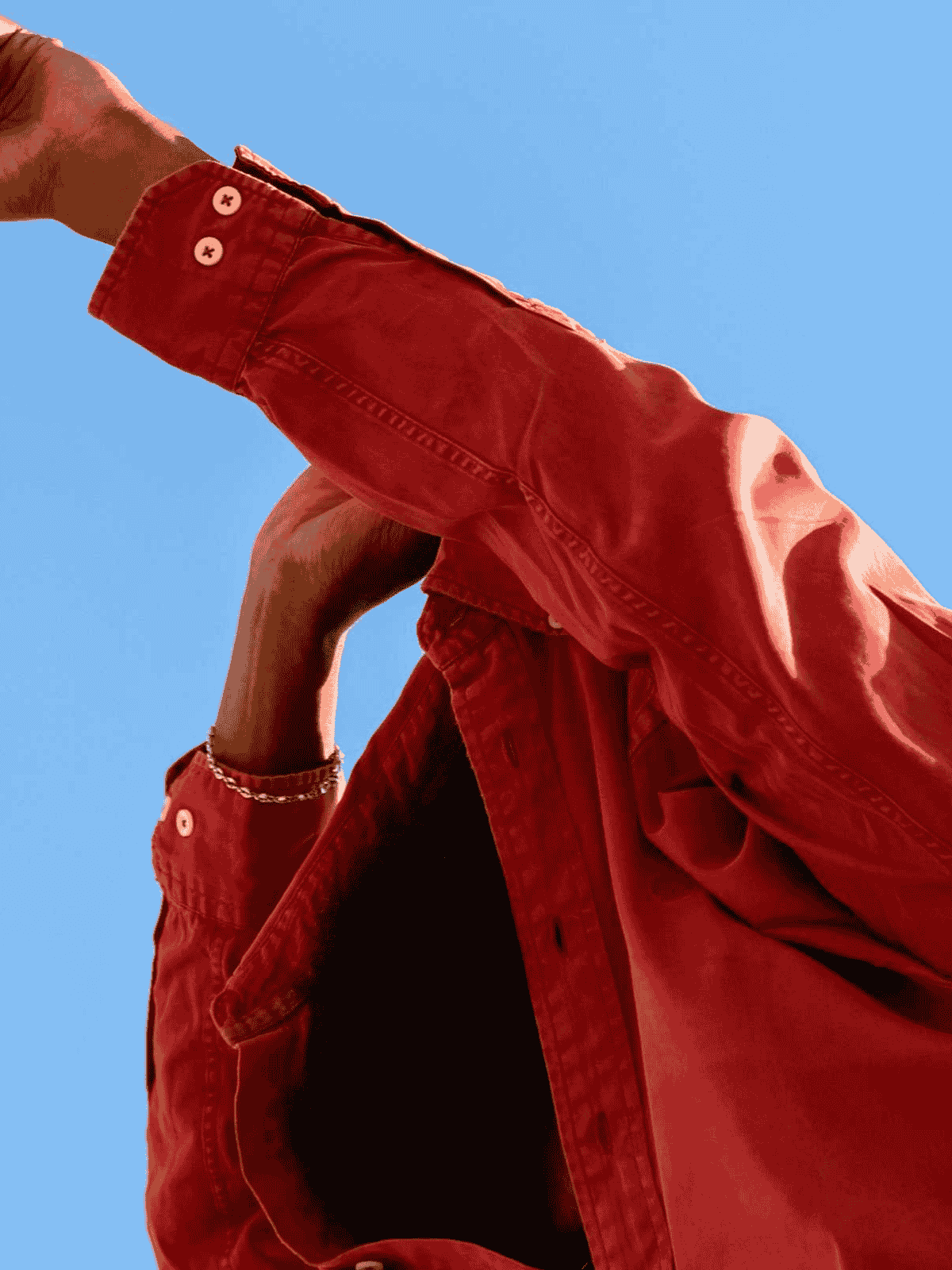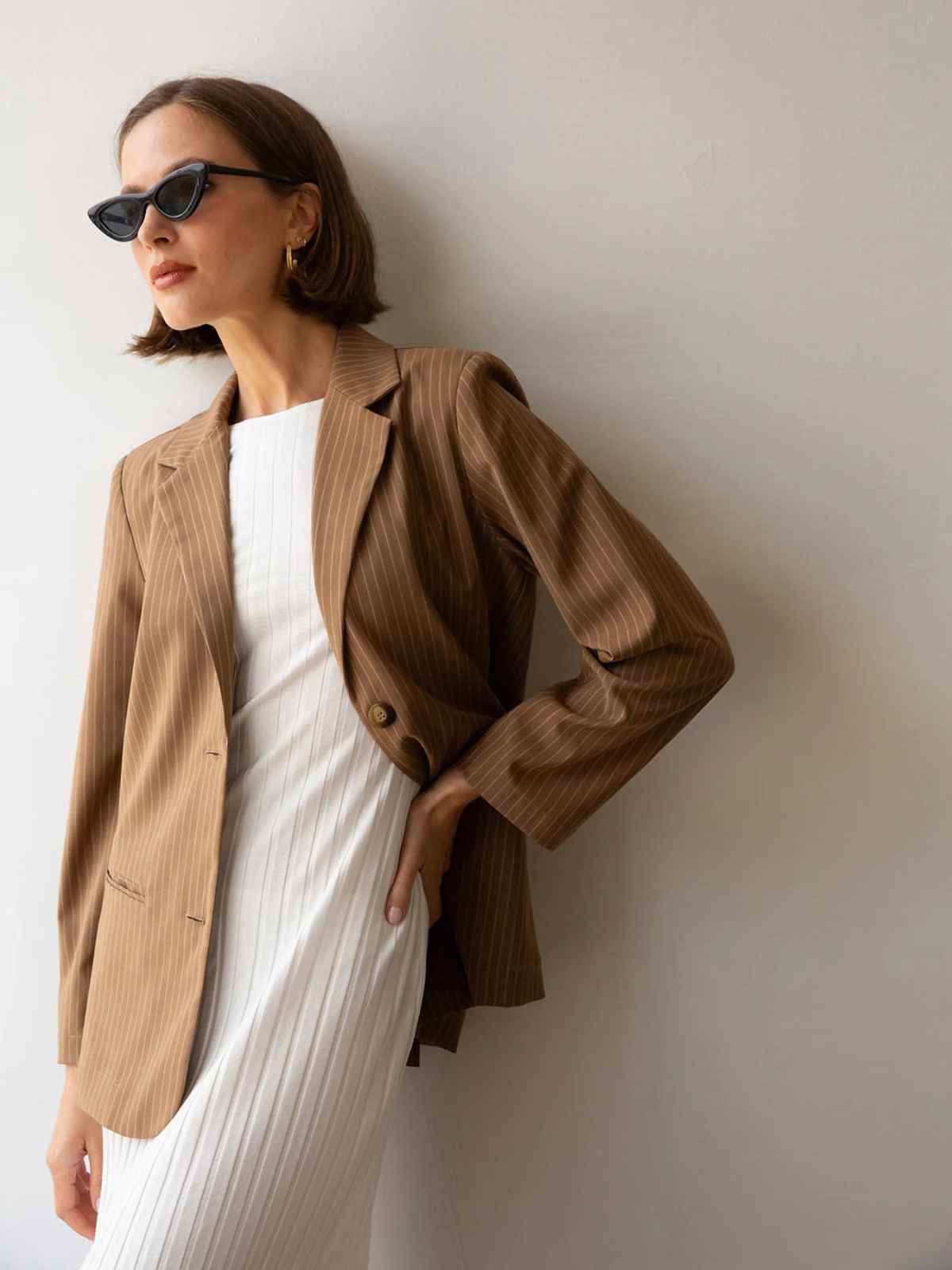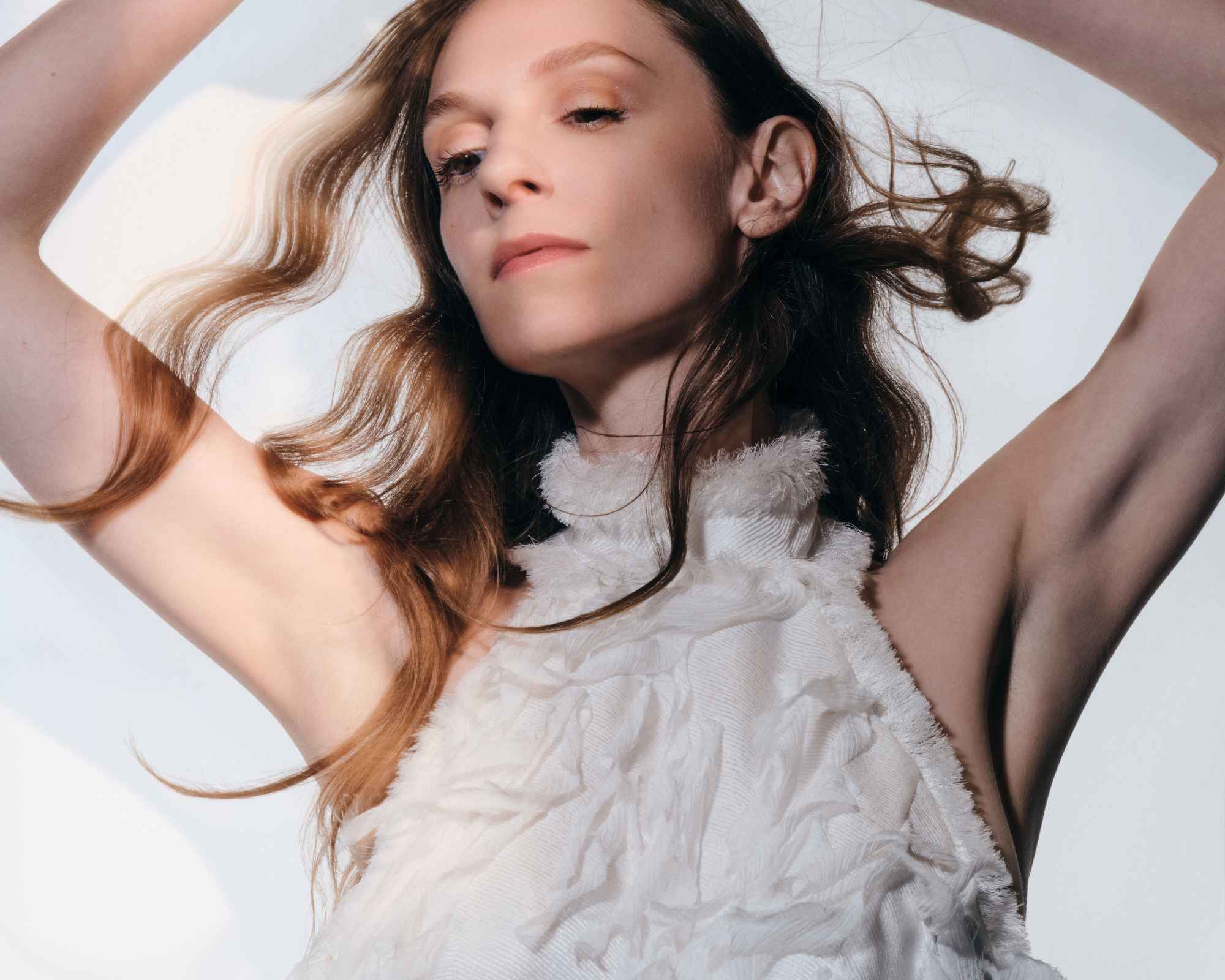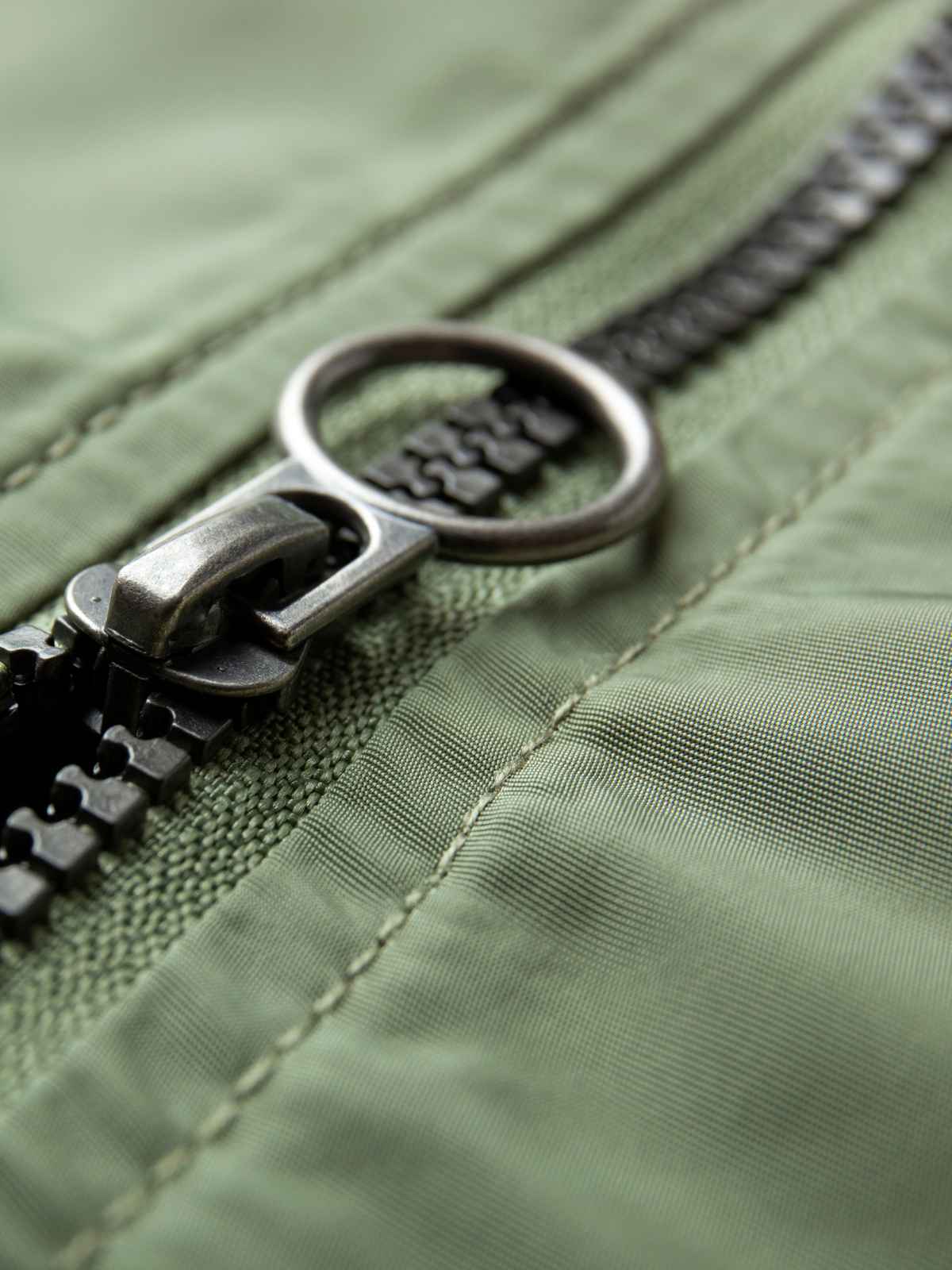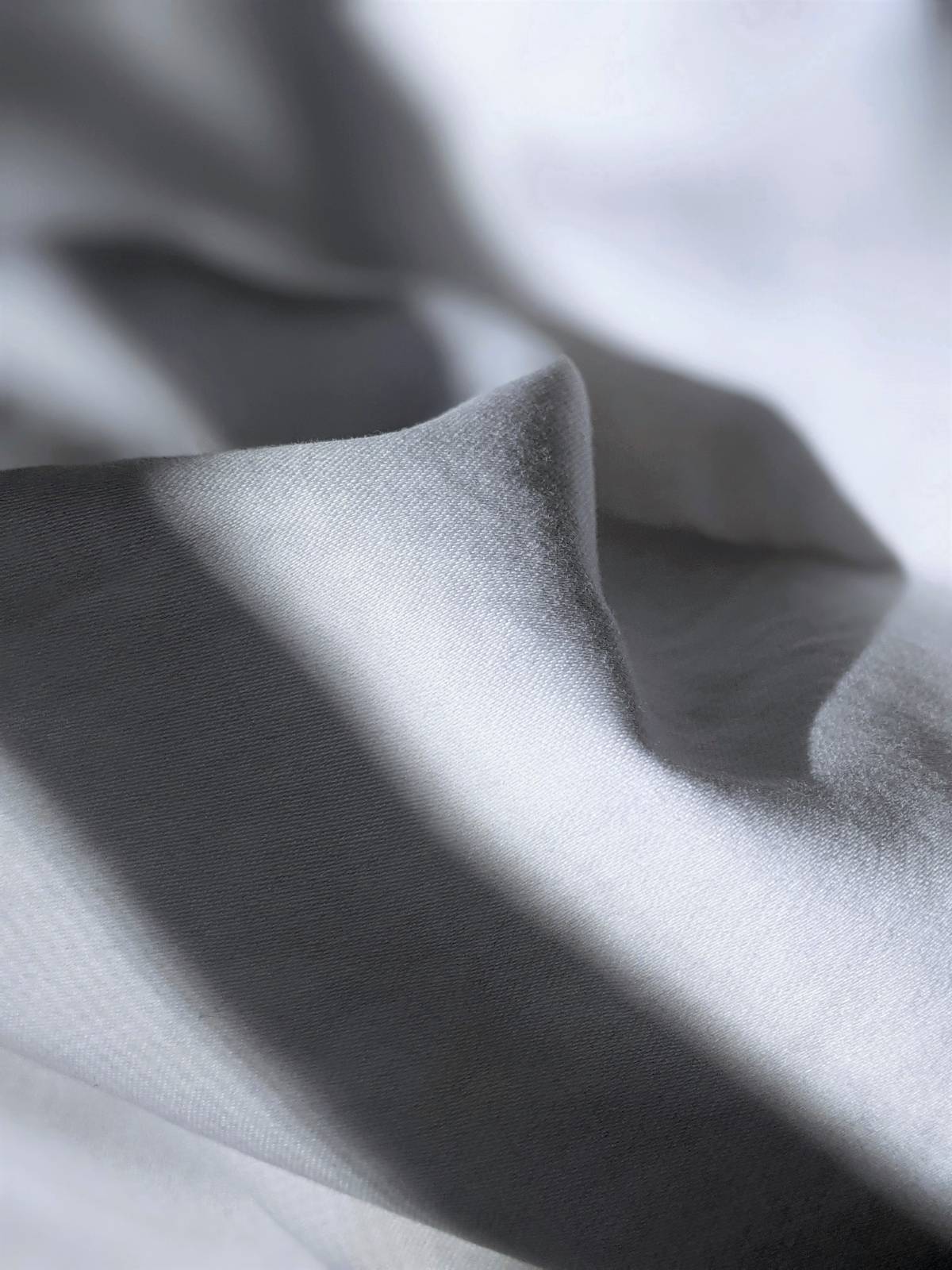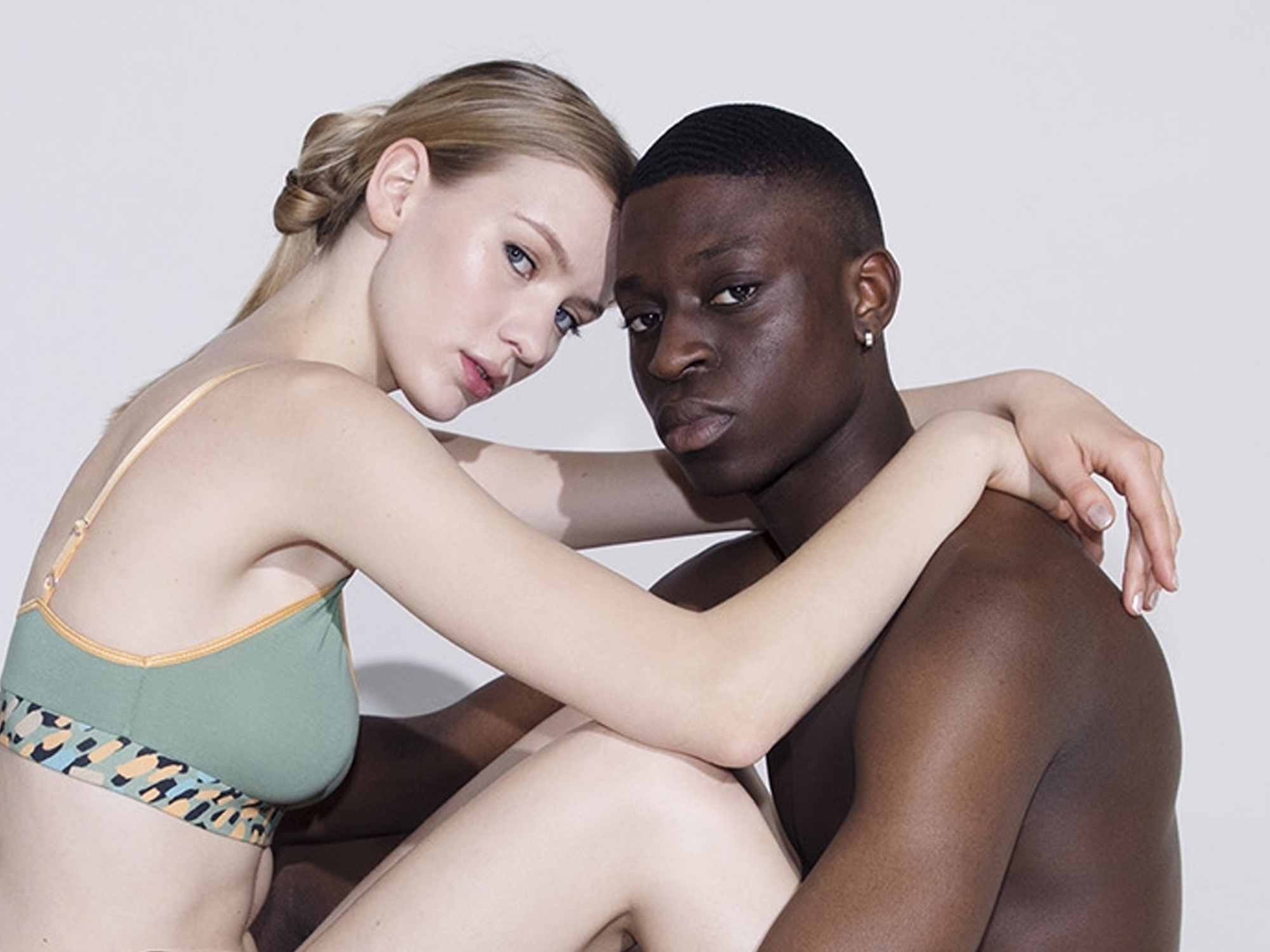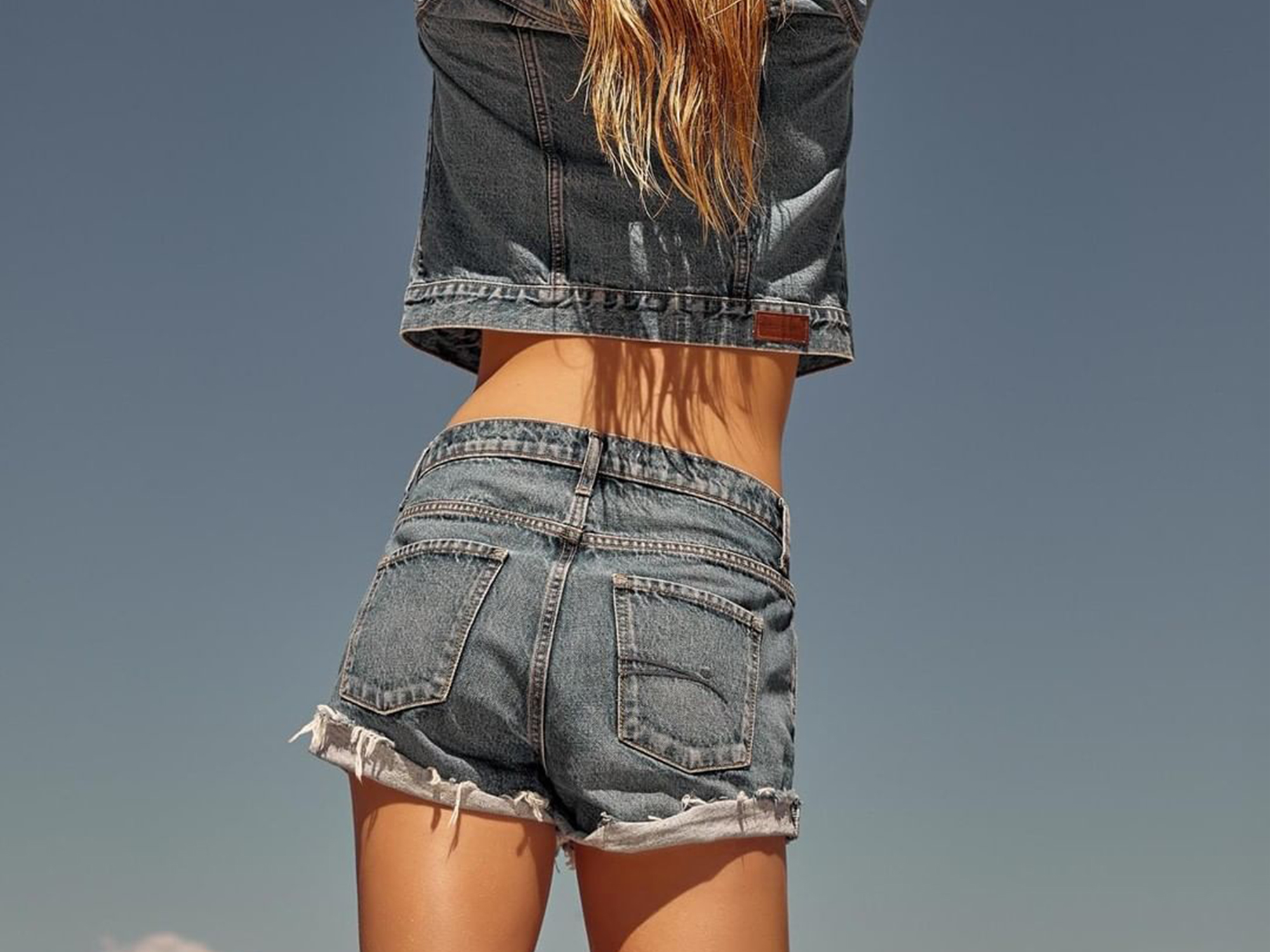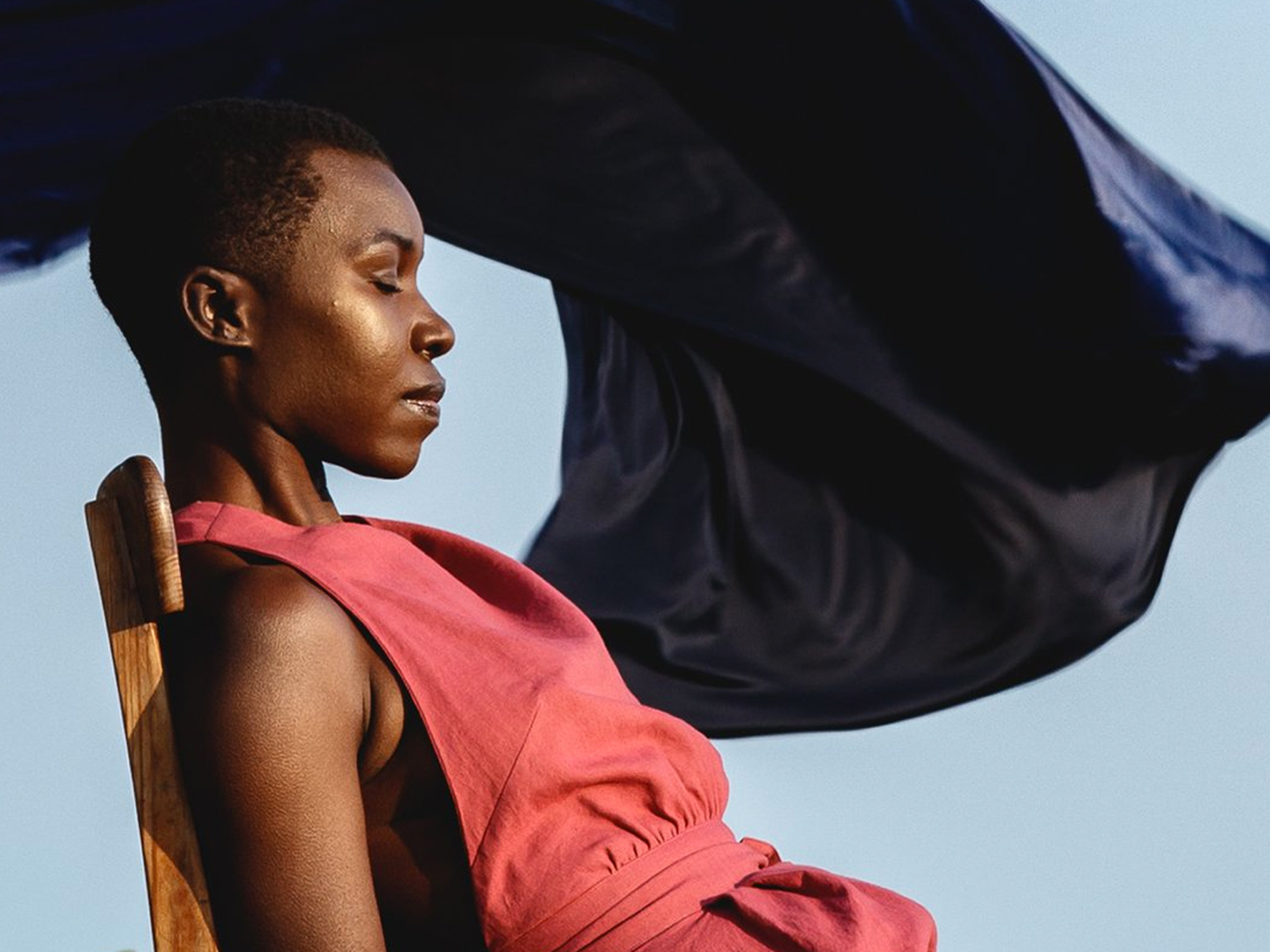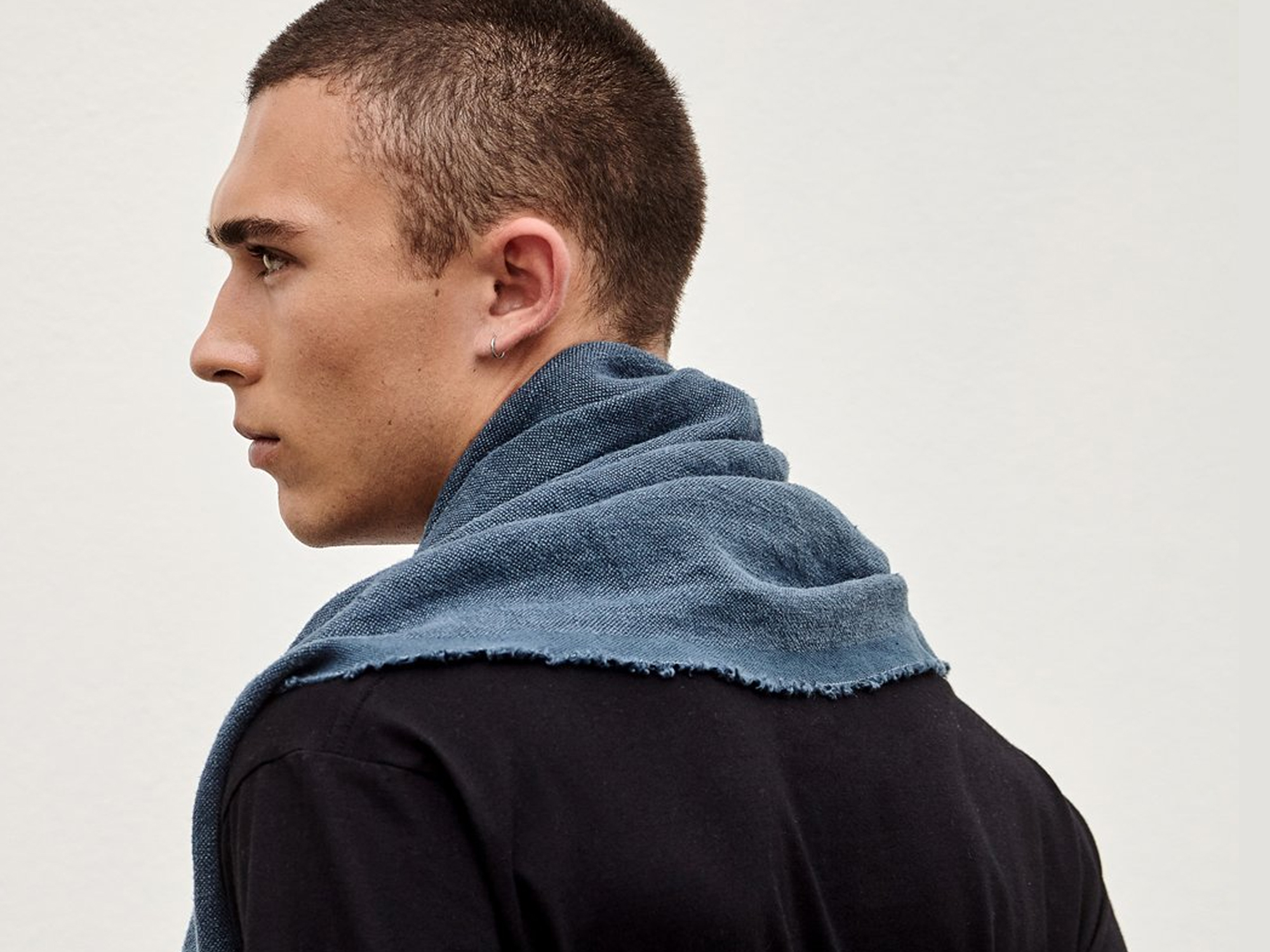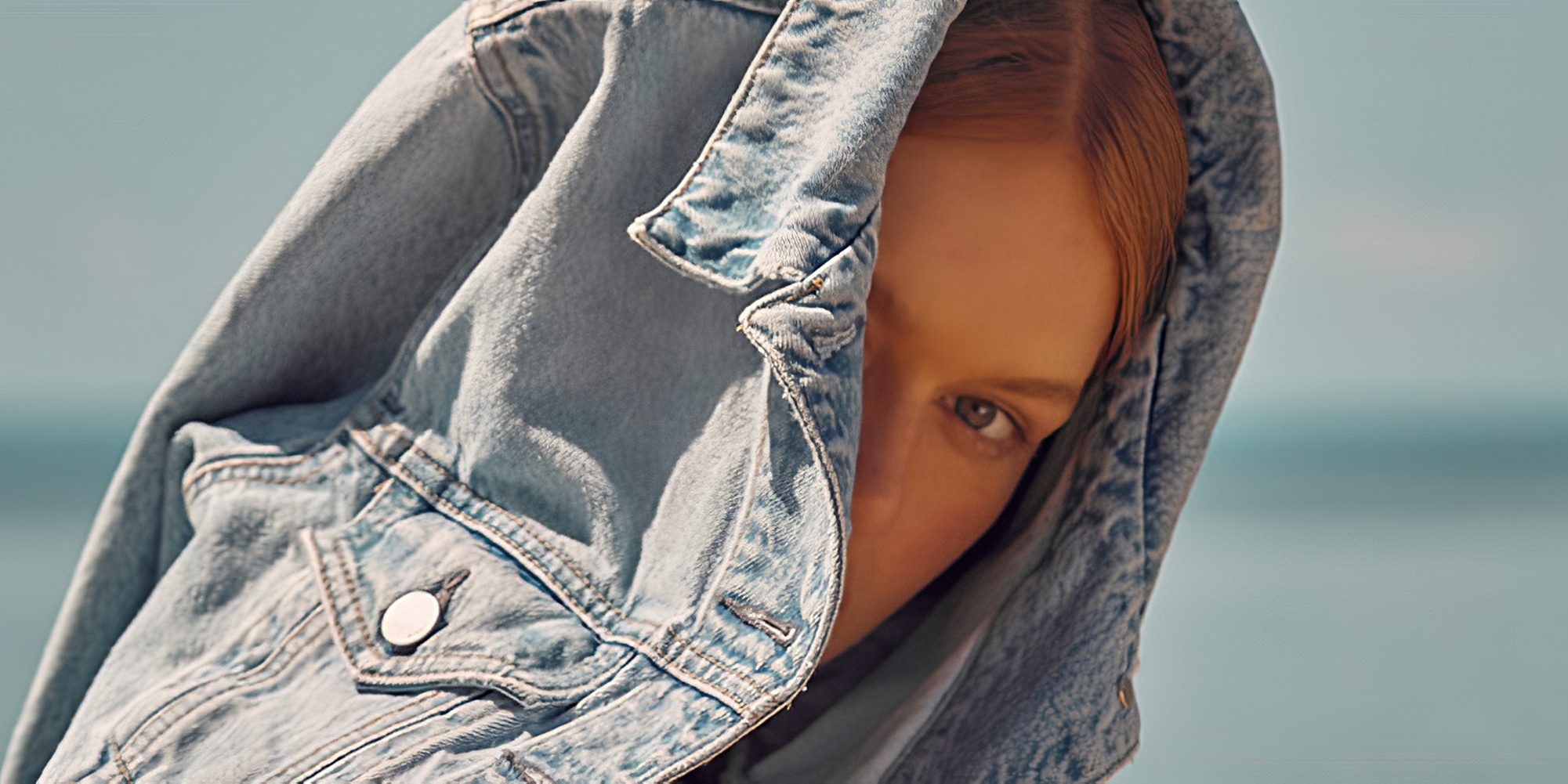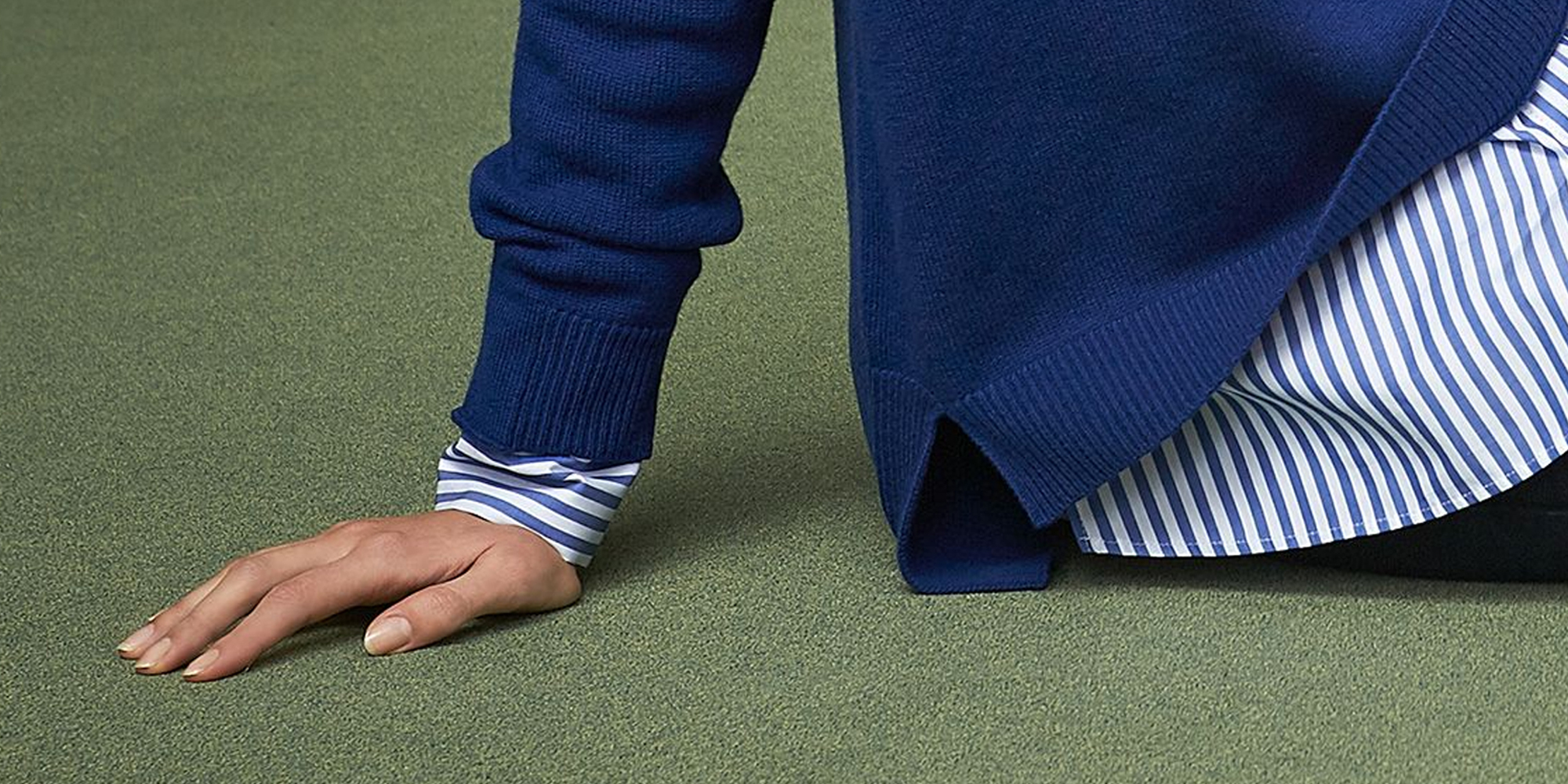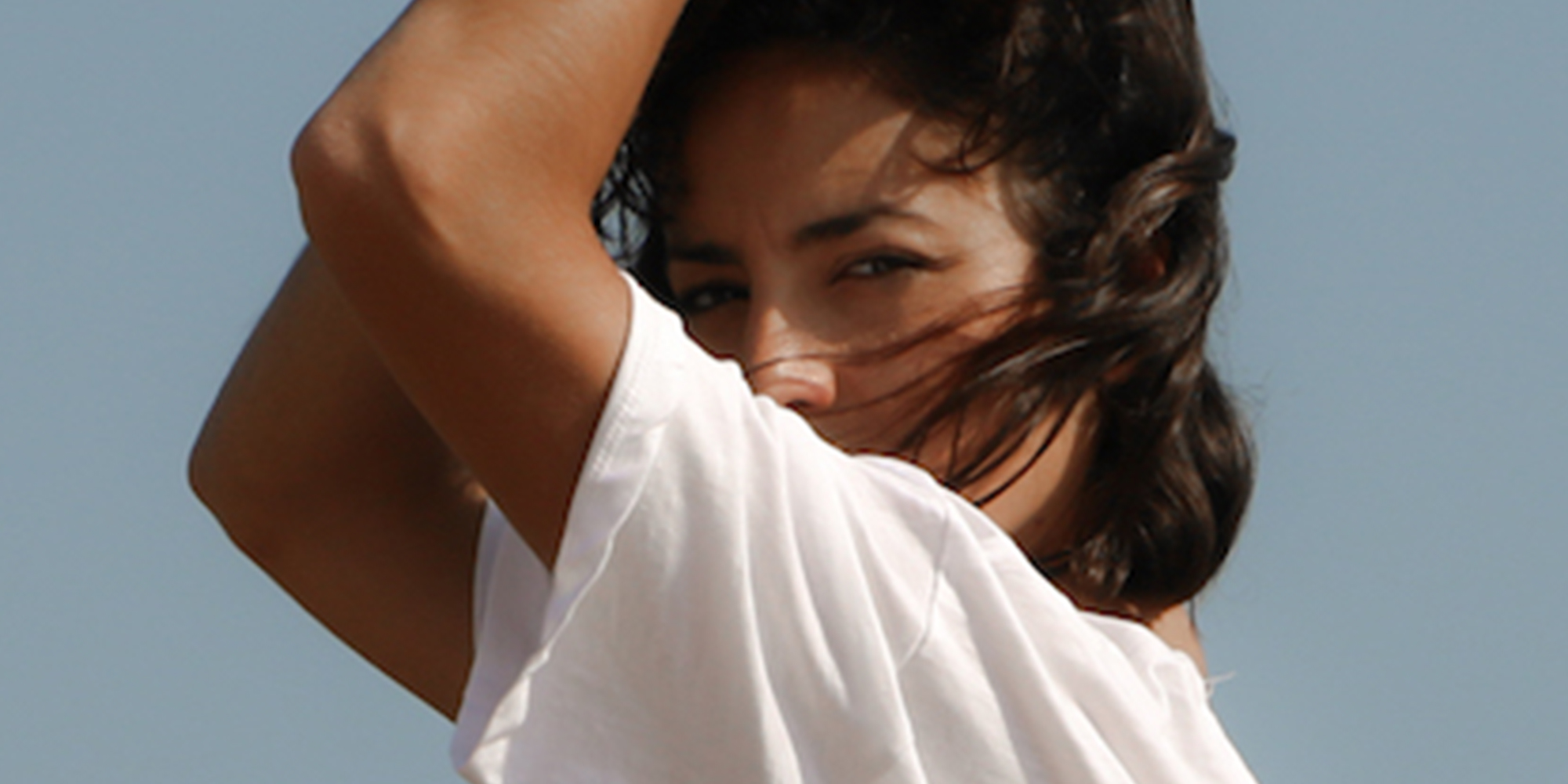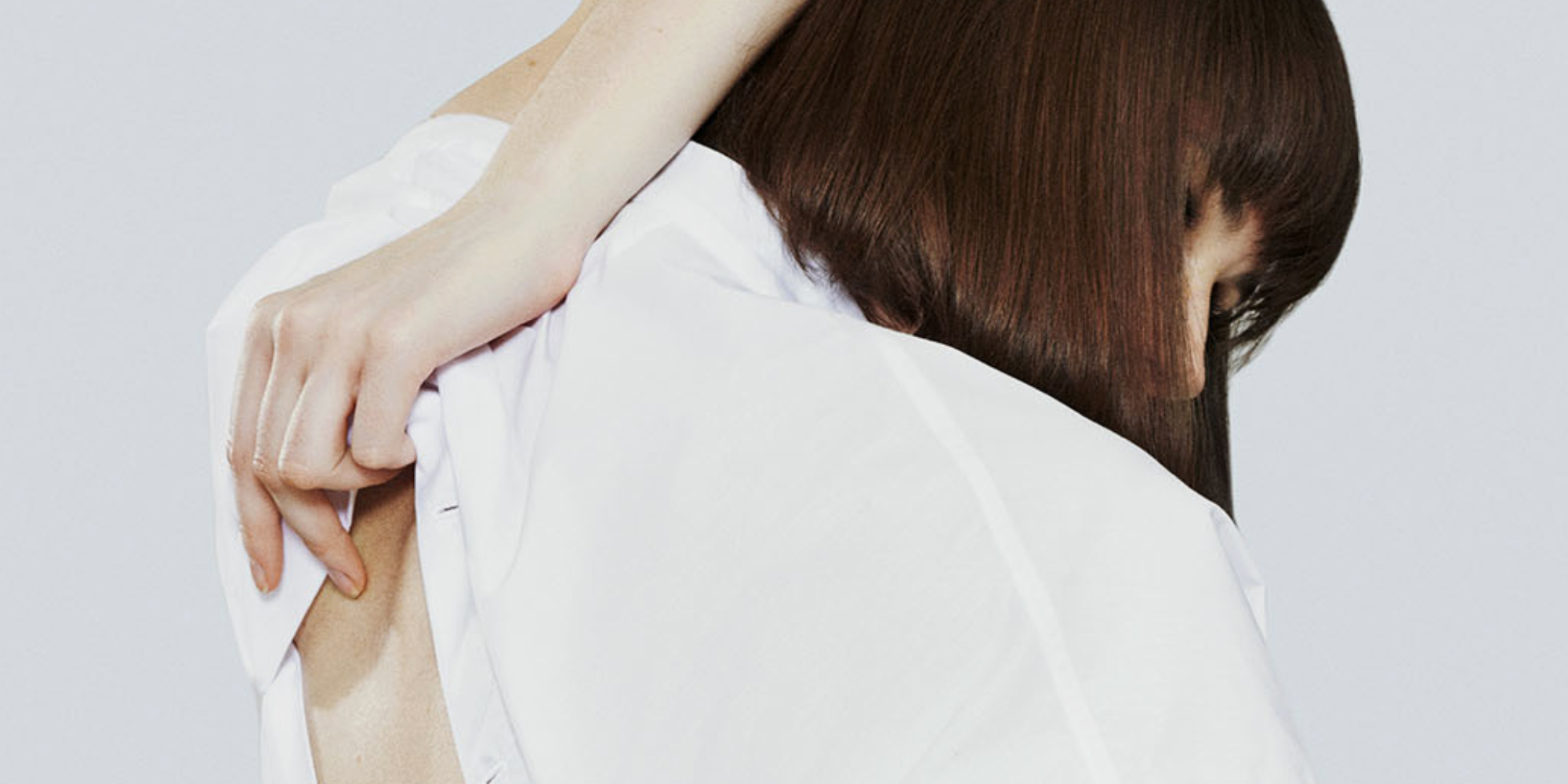What if, instead of plucking ostriches to use their feathers in fashion, designers sought to celebrate the qualities of plummage with alternative materials that don’t exploit animals? That’s what Emma Håkansson, founding director of Collective Fashion Justice, has spent months working with designers to do, trialling new ways to create the texture. Here, Håkansson discusses why this is a pressing animal welfare issue, and the new techniques and materials designers should know.
Why we need an alternative to feathers
Feathers as embellishment have long been a favourite among fashion designers—even back in the Victorian era. But they’ve become increasingly popular as brands have banned fur and sought an alternative that doesn’t involve plastic-based synthetics.
Feathers might seem like a good option, but the reality is that ostriches are killed specifically for fashion, just like minks and foxes are in the fur trade, and their feathers are rarely biodegradable once they’ve undergone the chemical processing and dyeing that’s often necessary for use as an embellishment.
Feathers have become increasingly popular as brands have banned fur.
Last year, after realising that these ethical issues are not particularly well known, I wrote a report, Feathers Are the New Fur: Cruelty in Disguise, to unpack how ostriches and other birds are mutilated, confined, and suffering for fashion’s feather use. This feather use also contributes to a crisis of zoonotic diseases, biodiversity destruction and sometimes, species endangerment.
But naming this problem isn’t enough, and I’ve since been looking for the solution.
Volume, drama, elegance: can we replicate the aesthetics of feathers?
What should designers do and what should we wear, then? After all, as designer Nguyen Cong Tri notes, ostrich feathers have some undeniable visual appeal. He told me they offer “subtle movement and volume which add delicacy and drama without weight.”
It turns out, being able to articulate the exact qualities that draw you to feathers is an important step in replacing them with something more ethical and sustainable.
So, I’ve been asking designers these questions: Why do we like feathers? What could we use instead?
People don’t buy feathers: they buy fluffiness, drama, extravagance. In fact, when my non-profit Collective Fashion Justice commissioned independent polling in the UK and Australia, we found just 12% of 2000 people surveyed could accurately identify an ostrich feather trim when they saw it. Most assumed that a feather-trimmed dress shown to them featured faux fur, plant-based materials, or something else that was free from animal-derived materials. This is a good thing because it means that the allure comes from specific aesthetics, not specific (and harmful) materials.
Cong Tri told me that mimicking feathers by cutting, shaping, and layering materials is a “balance between natural inspiration and hand-crafted intention”, noting that his alternative technique creates “a similar softness and motion” to plummage while also “introducing a density and structure that give the piece its unique rhythm and silhouette.”
People don’t buy feathers: they buy fluffiness, drama, extravagance.
Elsewhere, when Copenhagen-based designer Nicklas Skovgaard found some ribbons “tucked away in a drawer” in his studio, they resonated with him as an “unexpected alternative to feathers” with “the same sense of fluidity, shape, and lightness, but with a unique twist.”
When Copenhagen Fashion Week banned wild bird feathers in 2024—including those from ostriches, and alongside all wild animal skins and fur—with a policy that I helped to write, Skovgaard found inspiration in what others might have seen as a creative restriction. He looked beyond a bird’s biology, using it as a launchpad for creating further beauty with “substitutes that could capture the same texture, movement, and visual impact, without compromising on ethics or compliance.” Skovgaard calls the policy an “inspiring opportunity for growth and invention.”
In contrast, fashion’s semi-recent obsession with ostrich feathers is, in fact, not very creative. With so many materials to create such “dramatic volume and dynamism,” as Made for a Woman’s founding creative director Eileen Akbaraly calls it, we could be dressing in so much more.
For Akbaraly, natural raffia made from palm leaves is the perfect solution. “We have never used real decorative feathers in our designs [as] our philosophy is rooted in respect for all life, sustainability, and cultural authenticity,” she says. Working with Madagascan artisans who have long used raffia for weaving, Made for a Woman creates “light, airy movement and bold sculptural depth,” similar to that sometimes achieved with ostrich feathers.
How we found creative alternatives to feathers
When I considered the qualities of feathers that people like, such as lightness, movement, and volume, I realised that brands from Balmain to Schiaparelli, Dior, and Phoebe Phillo have long used fabric manipulation techniques, beading, ruffles, fringing, stitching, and texture to create these characteristics, even when the intention hasn’t been mimicry.
I wondered how far these ideas could be pushed, so, through Collective Fashion Justice, I commissioned designer duo Felder Felder to trial a range of techniques for transforming materials, such as bio-silk made from orange juice industry waste, into trims reminiscent of feathers for a new guide on finding creative alternatives.
Each technique is outlined with visuals and a step-by-step written explanation, designed to make these solutions accessible rather than exclusive. The co-founders, Daniela and Annette Felder, unlocked an array of new opportunities: they cut spirals of fabrics that tumbled down in soft tendrils; gently frayed materials and pinned them into floral shapes; and they stitched ruffles and used laser cutters to make long fringing from waste fabrics. Ellie Misner, a British, size-inclusive couture designer, also uses her fabric offcuts for fluffy trims, while upcycling beads and sewing fabric flowers to create “interesting silhouettes” and a “bounce when garments move” that she appreciates in feathers.
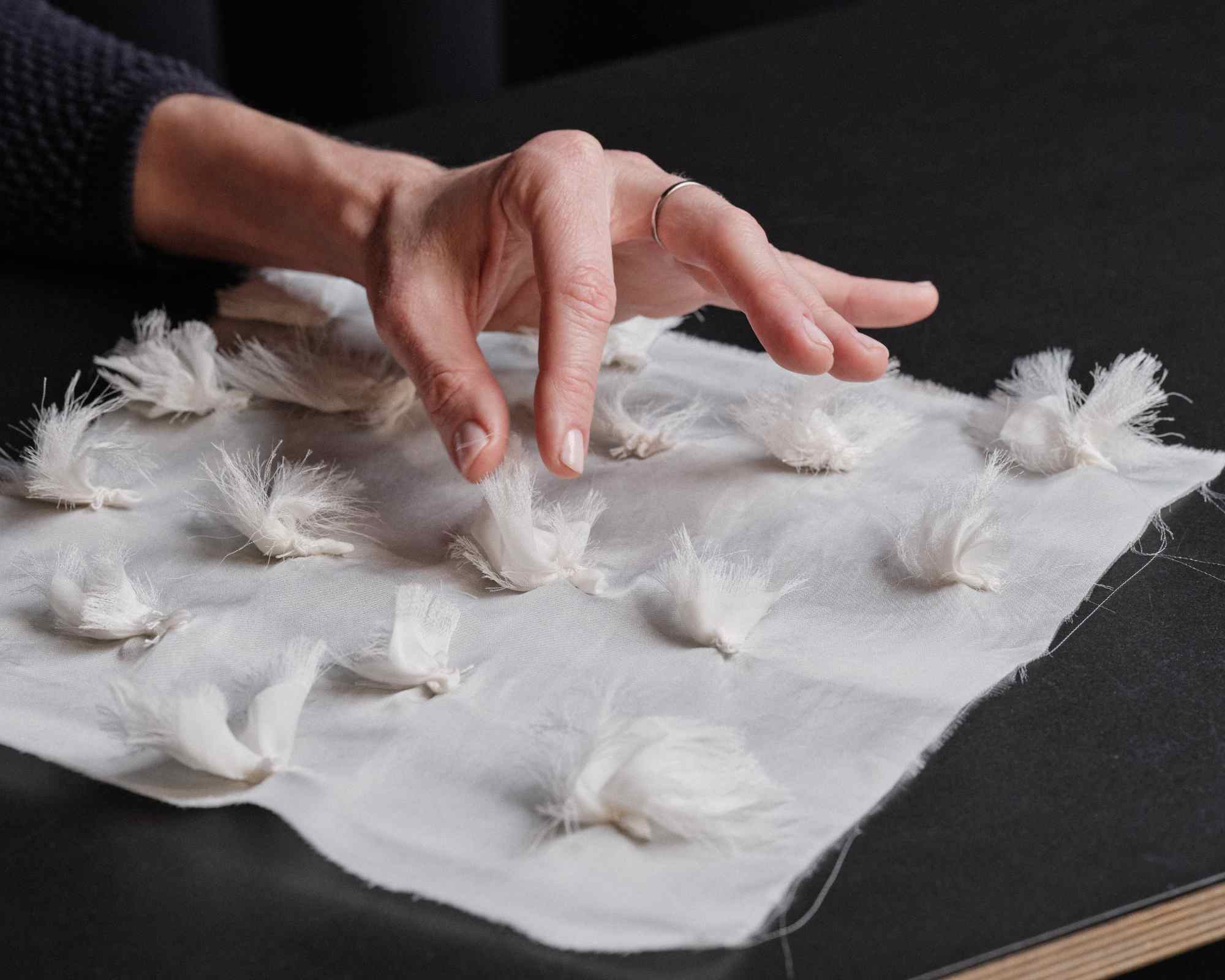
Felder Felder’s bid feather alternatives from Collective Fashion Justice’s report use techniques such as fraying (seen above) and ruffling.
Ostrich feathers will head in the direction of animal fur: global brands will ban them and fashion weeks will shun them—I will make sure of it. Their production is just too unethical and unsustainable for us to accept in fashion’s future. And that’s why these creative solutions that I’ve been learning about are so exciting: it can be hard to take something away from designers (even when we must), but it’s far easier to propose a plethora of artistic opportunities.
We lose this opportunity for invention and greater artistic pursuits when we mindlessly accept “how it’s always been,” which, in the case of animal-derived materials, often involves cruelty. When we look at nature and our fellow animals not as something and someone to extract from, but instead to be inspired by, then we advance fashion for us all.
Collective Fashion Justice’s new guide, Fashion Beyond Feathers: A Guide for Designers is now available, and includes all of the designer interviews, material trials, and inspiration highlighted in this article.


